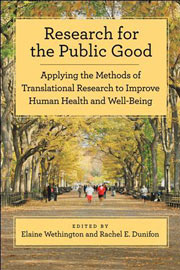
Every now and again, a high-profile runner or participant in a major marathon dies of cardiac arrest – inevitably raising the question: Is long-distance running bad for your heart.
Being a long-distance runner myself, my personal inclination is to dismiss the question. Afterall, I reason, hundreds of thousands of people complete marathons each year and only a small handful of them suffer heart problems. It just happens that the problems are what we hear about in the news.
Still, it was a relief to find that the evidence supports my own personal conclusion. In fact, I found two separate studies that found marathon running is not associated with any increase in cardiac risk or death.
The first, published in the New England Journal of Medicine earlier this year, looked at the incidence of cardiac arrest during marathons and half-marathons in the United States over the course of a decade. Overall, the study considered nearly 11 million race performances. Of those 11 million racers, the researchers found 59 cases of heart attacking during the race, with 42 resulting in death – a fairly slim risk.
The second study, published in the American Journal of Sports Medicine just last week, scoured news sources to documents participants who died during or up to 24 hours after marathon races in the U.S. from 2000 to 2009. In examining 3.7 million marathon, the researchers identified 28 people who died during the marathon race and up to 24 hours after finishing – a similar conclusion to the previous study.
The take-home message: Long distance runners who suffer from heart problems often make the news, but that doesn’t mean running increasing your chance of having a hear attack. In reality, the benefits of running well outweigh the risk.













